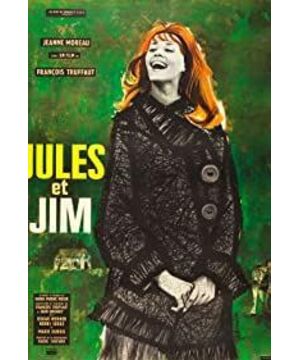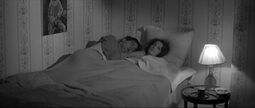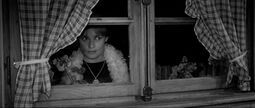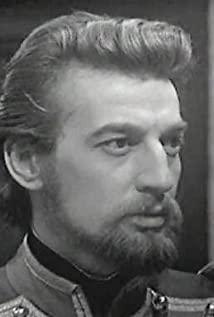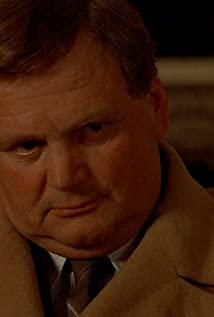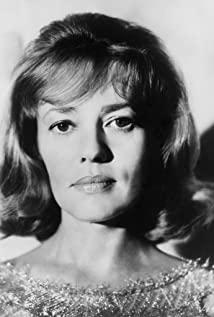"Jules et Jim" interprets the convoluted love jungle between men and women in the idyllic pastoral of male friendship. It is complicated, tortuous, and paranoid. In the black-and-white images of Raoul Gudal, the film not only exudes a poetic sentiment, but also expresses the feelings of men and women that are almost sad. The poetic picture and the cruel ups and downs of human nature are intertwined, making the audience feel emotional. The whirlpool was stumbling. Of course, the significance of the film is far more than that. Truffet's love and confusion for women is thus released. The director's subsequent works on gender topics are expanded and extended on its basis. The rhythm of the film is in the hands of Truffet, and the sometimes quiet and sometimes swaying camera wanders the street, giving it a sense of wanton wandering. "Jules et Jim" is also private. It almost discards the influence of external factors on the feelings of the characters. The social environment is like the unintentional setting of the director, and the entanglement of the relationship between the characters becomes an independent chapter. In the film, Catherine is always the center of Juul and Jim, and Truffet has arranged this distinction between primary and secondary in the composition many times. At the end of the film, the director was unable to find a cure for the feelings of men and women. He used the "Truffet-style ending" to leave a long-lasting sorrow, and also borrowed Jim's death to restore the extremes of the dramatic conflict, and began to return to the narrative of the drama. Since then, he has abandoned it. In response to the extreme realism proposition that "movie is a series of no primary and secondary importance at all specific moments in life" once adhered to, it returns to plot narrative and a dramatic deconstructed life
.


